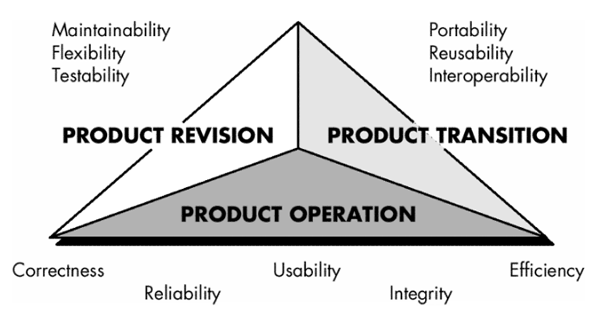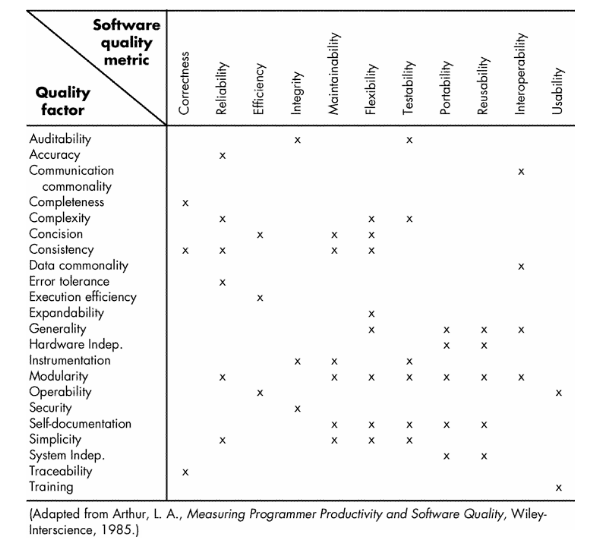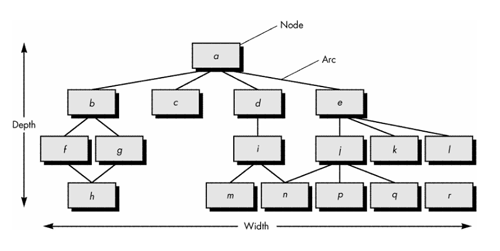- e.g. Part of the analysis model for SafeHome
software
- Data flow diagram evaluated to determine the key measures required for computation of the function point metric
- number of user inputs - password, panic button, and activate/deactivate
- number of user outputs - messages and sensor status
- number of user inquiries - zone inquiry and sensor inquiry
- number of files - system configuration file
- number of external interfaces - test sensor, zone setting, activate/deactivate, and alarm alert
- Count total shown must be adjusted using Function Point (FP):
- Project team can estimate the overall implemented size of the SafeHome user interaction function.
- Assume:
- Past data indicates that one FP translates into 60 lines of code (an object-oriented language is to be used)
- 12 FPs are produced for each person-month of effort.
- Assume:
- Past projects have found an average of three errors per function point during analysis design reviews
- Four errors per function point during unit and integration testing.
- These data can help software engineers assess the completeness of their review and testing activities.
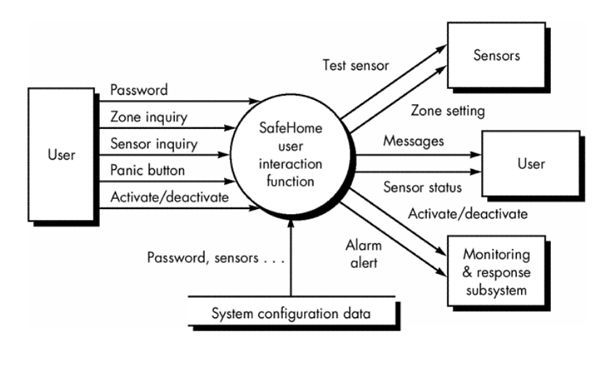
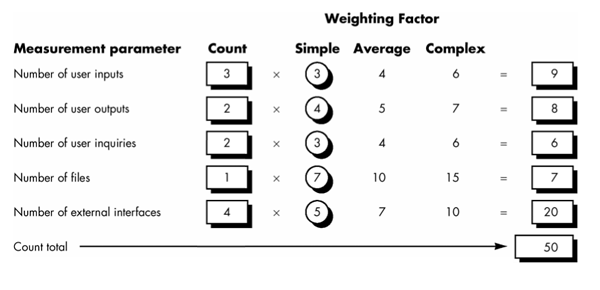
- FP = count total x [0.65 + 0.01 x S (Fi)]
- FP = 50 x [0.65 + (0.01 x 46)] = 56
